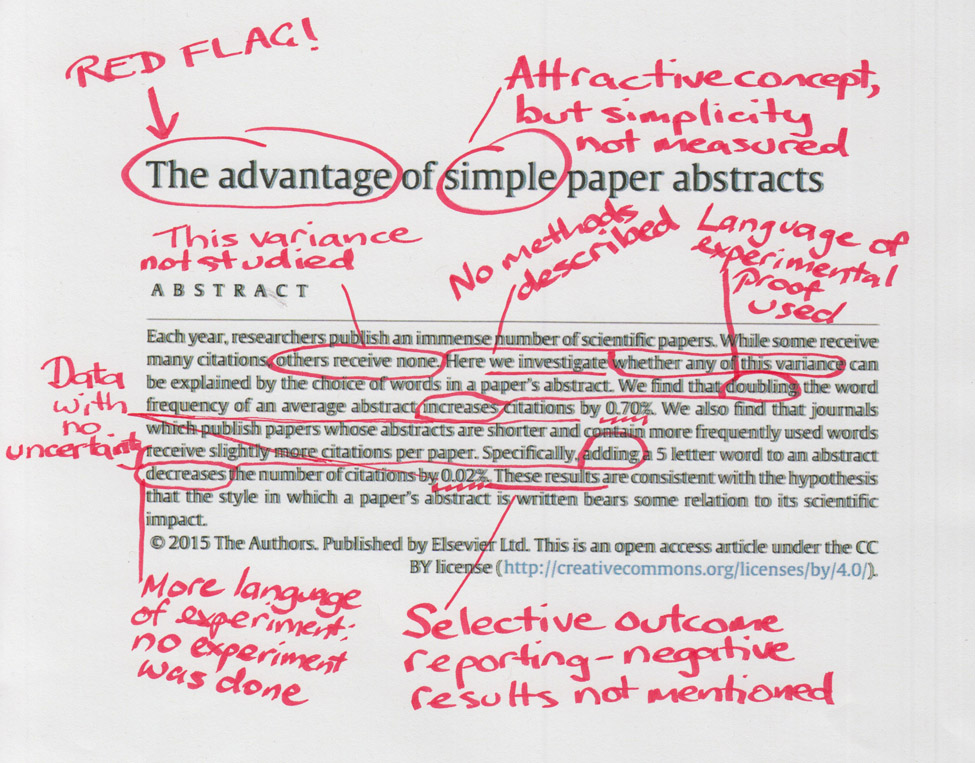How to make abstracts for scientific papers, theses and papers?
30/04/2021 Views : 311
GDE INDRA BHASKARA
Writing an abstract for an academic paper usually follows this approach:
-
One or two sentences describing the background or context of the research.
-
One or two sentences presenting the problem discussed or the hypothesis behind the research.
-
Three to four sentences summarizing the main findings, including a very brief description of the methods used.
-
One sentence explaining the significance of these findings and their contribution to your field of study.

The purpose of an abstract is to attract readers to read the content of the thesis or paper. An abstract must briefly describe how the academic work aligns with its content and what contributions it makes. It provides a brief overview of the research, allowing readers or potential readers to quickly determine whether your work is worth reading.
Although the abstract appears after the title or at the beginning, in reality, it is usually written last. Why? Because, once again, an abstract is a mini version of your thesis or journal article. How can you summarize something if there’s nothing yet to summarize? Hehehe.
After the title, the second thing readers typically look at is the abstract. Titles and abstracts are openly and freely accessible to everyone, meaning readers don’t need to purchase journal articles to access them. Most people decide which articles to read by only reviewing the title and abstract.
Some readers may not be experts in the subject area; therefore, an abstract must be clear, easy to understand, and self-contained.
Here are some important points you need to consider before writing a good abstract:
A good abstract should answer questions such as:
-
What have you studied?
-
How did you conduct your research?
-
What's new about your research?
-
What's interesting about it?
Avoid vague statements such as "in this paper we study…". Instead, write definitive statements like "we demonstrate that…".
-
A well-written abstract helps readers quickly and accurately identify the content of your research and its relevance to their interests.
-
An abstract must concisely summarize the main results and conclusions.
-
Keep your abstract brief—just one paragraph, not exceeding 250 words, or according to the journal’s guidelines.
-
Remove all references to tables or figures, as well as uncommon abbreviations and acronyms—even if they are fully explained in the main body—since an abstract must be self-contained.
-
Re-read the abstract repeatedly to identify and immediately eliminate unnecessary or redundant words or phrases.
-
Write your abstract concisely and clearly. Ensure every word carries meaning.
-
A good abstract is one where removing even a single word would cause the abstract to lose its essential meaning.
DID YOU KNOW??:
The term "Abstract" originates from the Latin word abstractus, meaning "drawn away," with its past participle abstrahere roughly translating to "pulled away from" or "detached from." This term has been in use since the 14th century. It signifies a smaller part taken or drawn out from the whole to represent the larger portion—in this case, your thesis. It can be thought of as "a smaller amount containing greater virtue or power."
HOPE THIS IS HELPFUL!
-
